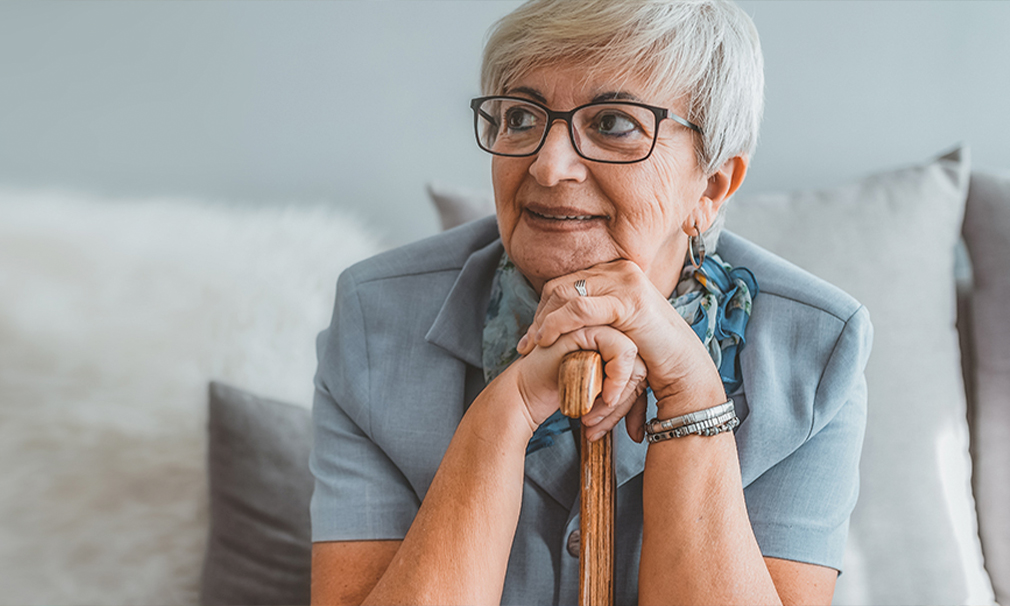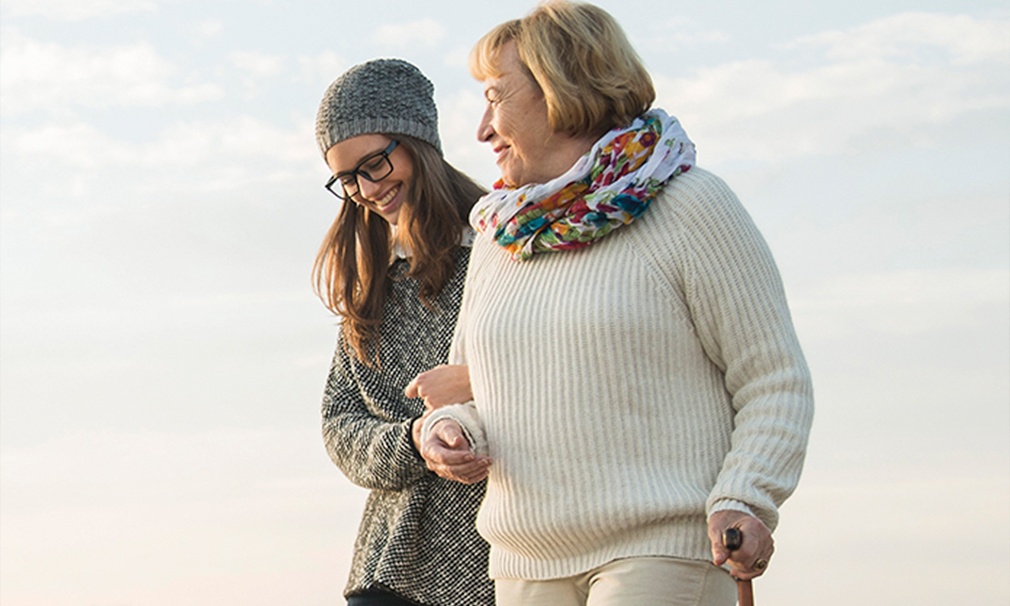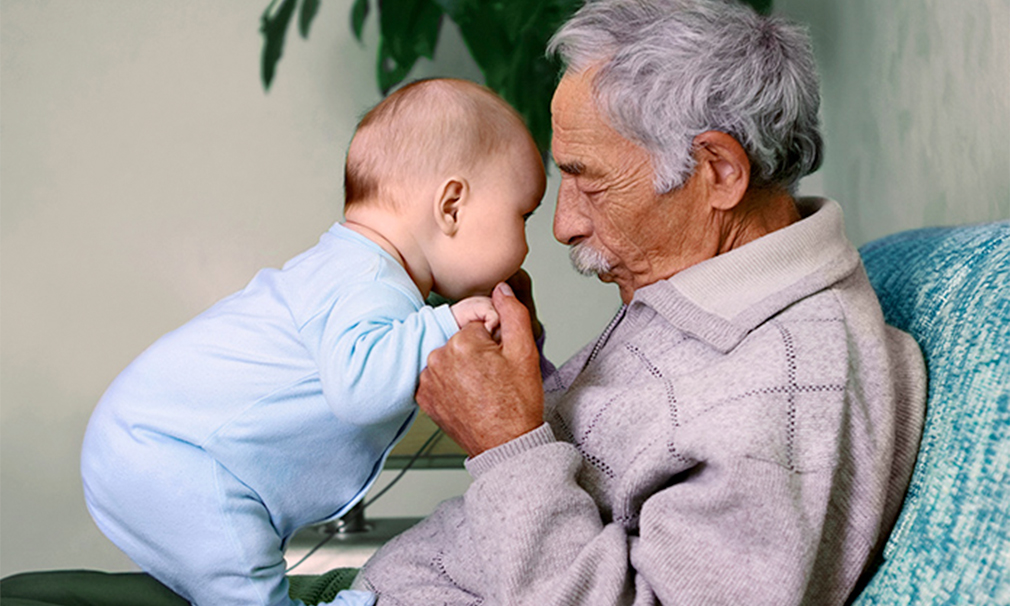Make sure to have your eyes checked regularly and update your glasses prescription whenever necessary.
Avoiding falls at home
Falls among older adults are a serious issue and most happen at home.1 But the good news is there are many things you can do to lower your risk for falling.

Stay active
One of the best ways to prevent falls is to stay physically active. Exercise strengthens your muscles and promotes good balance. It can help keep your joints, tendons and ligaments flexible, and help keep your bones strong. And you don’t need to train like an Olympic athlete to get there. Even regular, moderate exercise at your own pace can greatly improve your health and help you avoid tumbles.
Your Aetna® plan includes a fitness benefit called the SilverSneakers® program, which gives you access to gym memberships and home workout kits. So you can meet your exercise goals at home or in the gym.

See a clearer path
Talk openly with your doctor
The next time you're at the doctor's office, talk to them openly about preventing falls. Your doctor may discuss the medicines you take and how they affect you. Some medicines can make people feel dizzy or weak or may affect their balance.
Even if it's a little difficult, you should tell your doctor if you've fallen in the past. A fall can alert your doctor to a new medical problem or problems with your medications or eyesight that can be corrected. They may even have some great ideas about how to avoid falls in the future.
Falls are the number one cause of injuries among older Americans. According to the U.S. Centers for Disease Control and Prevention, 1 in 4 Americans aged 65 and over fall each year.2
Home is where the safety is
Here are some simple things you can do to make your living space safer:
- Install grab bars and handrails wherever needed.
- Keep the area around the floor in high traffic areas such as stairs and hallways free from clutter.
- Repair or remove tripping hazards such as loose floorboards or electrical cords.
- Remove or secure movable rugs.
- Use lighting in dark areas where you walk.
- Use non-slip mats or tread in slippery areas, such as tubs.
- Avoid clothing that's too loose or drags the floor.
- Keep items in cabinets low so you can reach them without a step stool.

Let us point out fall risks around you
A Healthy Home Visit is part of this plan benefit. It includes finding potentially dangerous hazards in your home. This service and other steps can help you prevent falls, avoid trips to the emergency room, and maintain your independence: all with the goal of keeping you healthy in your home for longer.
To schedule a Healthy Home Visit, call Signify Health at, 1-877-503-5802 (TTY: 711), Monday to Friday, 7 AM to 7 PM CT. There’s no additional cost for using this benefit.
1 National Council on Aging. https://www.ncoa.org/healthy-aging/falls-prevention/preventing-falls-tips-for-older-adults-and-caregivers/debunking-the-myths-of-older-adult-falls/.
2 Centers for Disease Control. https://www.cdc.gov/falls/index.html.
This material is for informational purposes only and is not medical advice. Health information programs provide general health information and are not a substitute for diagnosis or treatment by a physician or other health care professional. Contact a health care professional with any questions or concerns about specific health care needs.